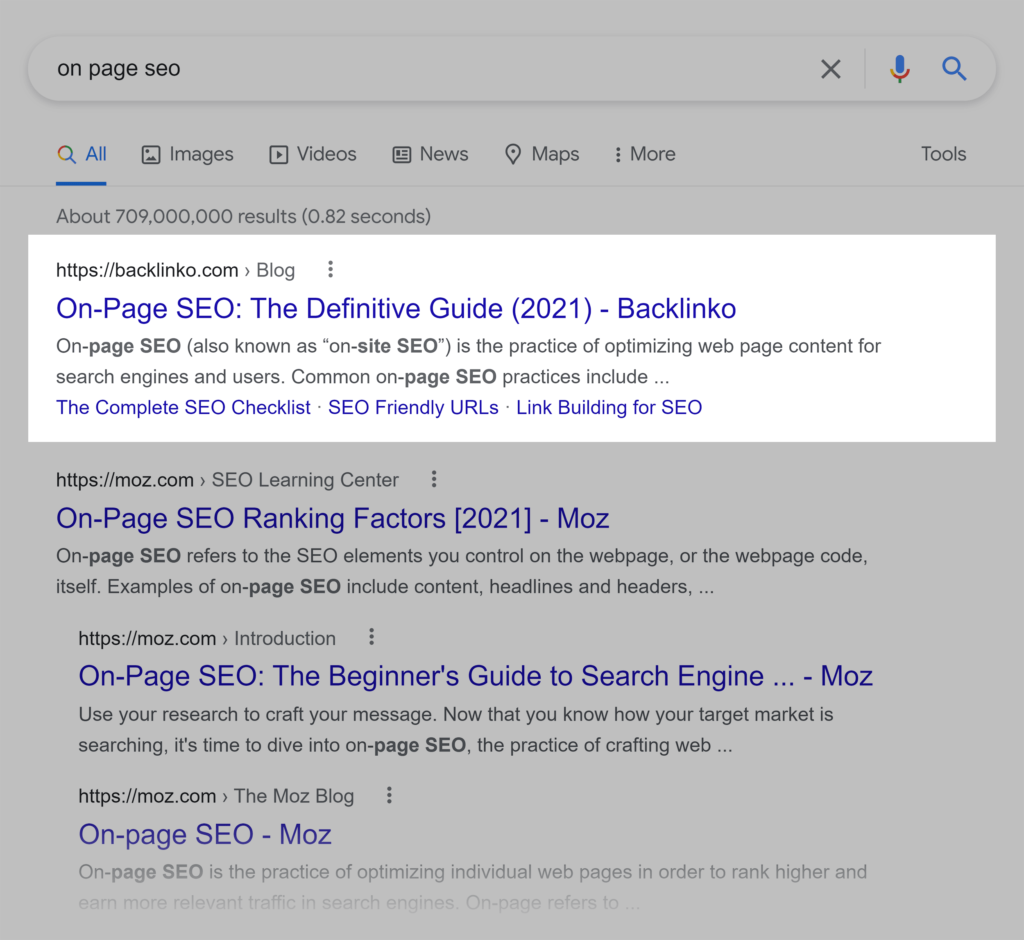Common Mistakes In Optimizing Websites For SEO
Optimizing websites for search engine optimization (SEO) is crucial for businesses to improve their online visibility and attract organic traffic. However, there are common mistakes that many website owners make during the optimization process, which can hinder their SEO efforts. In this article, we will discuss some of the most common mistakes in optimizing websites for SEO in order to help businesses avoid them and achieve better results.
I. Keyword Stuffing
Keyword stuffing refers to the practice of excessively and unnaturally using keywords in website content with the intent to manipulate search engine rankings. This practice has a negative impact on SEO and user experience. Search engines consider keyword stuffing as a violation of their guidelines and may penalize websites by lowering their rankings or even removing them from search results. From a user experience perspective, keyword stuffing makes the content appear spammy and difficult to read, leading to a poor user experience. It undermines the credibility and trustworthiness of the website, as users can sense the manipulation and may choose to leave the site.

II. Lack of Unique and Engaging Content
Creating unique and valuable content is crucial for SEO. Search engines prioritize websites that offer original and informative content to users. Duplicate content, whether intentional or unintentional, can negatively impact search engine rankings. When multiple pages on a website have the same or substantially similar content, search engines may struggle to determine which page to rank, resulting in lower visibility. Moreover, users are more likely to engage with websites that provide fresh and engaging content. By regularly updating and offering unique content, businesses can attract and retain visitors, encourage longer dwell times, and increase the chances of conversions.
III. Ignoring On-Page Optimization
On-page optimization elements, such as meta tags, headings, and image alt tags, play a crucial role in SEO. These elements provide information to search engines about the content and relevance of a webpage. Ignoring on-page optimization can hinder search engines’ understanding of the website’s content, leading to lower visibility in search results. Optimizing meta tags, headings, and image alt tags with targeted keywords and relevant information improves search engine visibility and increases the chances of attracting organic traffic. By strategically optimizing these elements, businesses can improve their website’s rankings and enhance the user experience.
IV. Poor Website Structure and Navigation
A poor website structure and navigation negatively impact both user experience and SEO. A logical site hierarchy, clear navigation menus, and well-organized content make it easier for users to navigate the website and find the information they seek. A confusing or cluttered website structure can lead to higher bounce rates, as users may become frustrated and leave the site. Additionally, search engines rely on clear website structure and navigation to crawl and index the website effectively. When a website is poorly structured, search engines may have difficulty understanding the content and relevancy of different pages, resulting in lower visibility in search results. By implementing a user-friendly website structure and navigation, businesses can enhance the user experience, increase user engagement, and improve search engine crawlability.

V. Neglecting Mobile Optimization
Mobile optimization is of increasing importance in SEO. With the rise of mobile device usage, search engines prioritize mobile-friendly websites in their rankings. Neglecting mobile optimization can lead to poor user experiences on mobile devices, resulting in higher bounce rates and lower rankings. Responsive design ensures that the website adapts and functions seamlessly across different screen sizes and devices. Fast loading speed is crucial for mobile users who expect quick access to information. Providing a mobile-friendly user experience, including easy navigation, readable text, and accessible content, enhances user satisfaction and engagement. By prioritizing mobile optimization, businesses can reach a wider audience, improve user experiences, and enhance their SEO performance.
VI. Lack of Technical SEO
Technical SEO aspects are essential for a well-optimized website. Website speed, XML sitemaps, and robots.txt files are examples of technical elements that impact SEO. Neglecting technical SEO can result in slower page loading times, which negatively affect user experience and search engine rankings. Slow-loading websites often have higher bounce rates and lower user engagement. XML sitemaps help search engines discover and index website pages effectively, improving visibility. Robots.txt files guide search engine crawlers on which pages to crawl or exclude. By prioritizing technical SEO, businesses can enhance website speed, facilitate search engine crawling and indexing, and improve their rankings in search results.
In conclusion, avoiding common mistakes in website optimization for SEO is essential for businesses to achieve better visibility and higher search engine rankings. By avoiding keyword stuffing, focusing on unique and engaging content, optimizing on-page elements, improving website structure and navigation, prioritizing mobile optimization, and addressing technical SEO aspects, businesses can enhance their SEO efforts and improve their online presence.
Key Point Summary:

- Keyword stuffing should be avoided, and keywords should be used naturally and strategically.
- Unique and engaging content is crucial for SEO success and user engagement.
- On-page optimization elements, such as meta tags and headings, should be optimized for improved search engine visibility.
- A well-structured website with clear navigation enhances user experience and search engine crawlability.
- Mobile optimization is vital for SEO, and responsive design and fast loading speed should be prioritized.
- Technical SEO aspects, such as website speed and XML sitemaps, should not be neglected.
Contact our Vietnam team today to learn more about how we can help you avoid these mistakes and optimize your website for better SEO performance.



